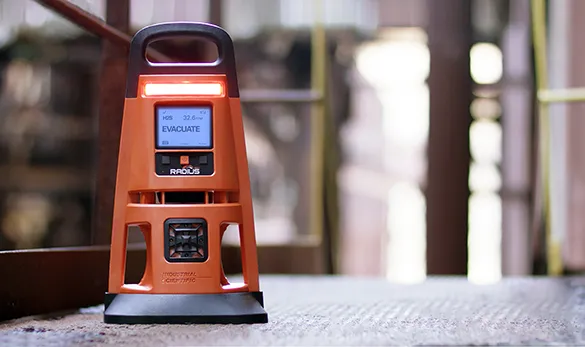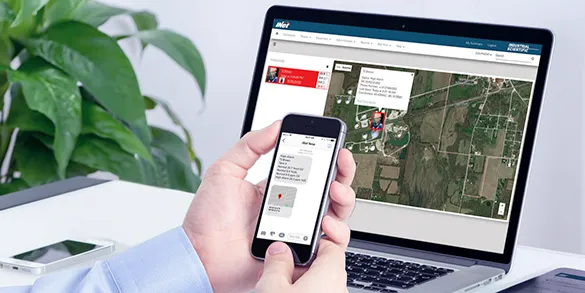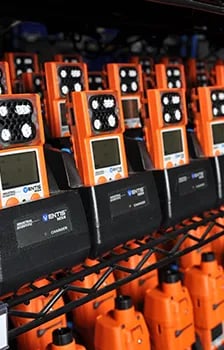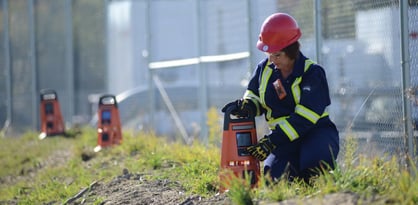
Hot Work
OSHA defines hot work as any work that produces a source of ignition or involves burning, welding, or using fire- or spark-producing tools. Hot work can be a dangerous application that presents risks from respiratory health hazards to electrical and thermal dangers. Some types of welding use gas cylinders or shielding gases that may reduce breathable oxygen and cause asphyxiation.
Although hot work presents many risks, the potential for starting a fire may be the most significant. That’s why a pre-work hazard assessment—including a work permit—is crucial and should include testing for potentially flammable or combustible materials. Once work begins, both the immediate work area and surrounding areas should be monitored throughout the job for combustible gases and other potential hazardous gases:
Using an area gas monitor like the Radius® BZ1 is one way to continuously monitor the work area for atmospheric hazards. If gases reach unsafe levels, the alarm will cut through high noise and customizable action messages will tell workers how to respond.


When atmospheric conditions can change in a moment and create an explosion, real-time visibility into hazards is crucial to prevent incidents. Local alarm sharing and live monitoring software like iNet® Now allow workers and safety leaders to immediately see when someone is in danger and act faster in an emergency.
Hot work can be dangerous, but with the right tools and awareness of your work area’s risks, you can ensure your workers get home safely every night.





